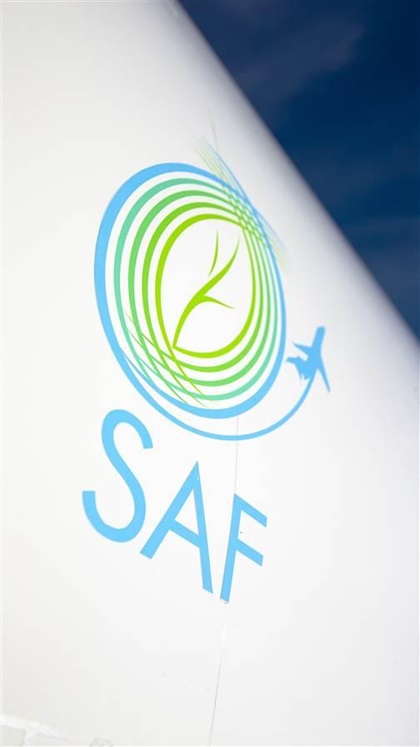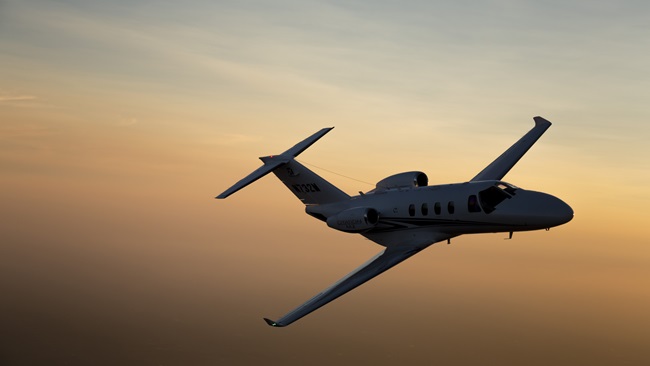Turbine Pilot intro: Power and speed
Avoiding airspeed extremes
This just happens to be a time when we think we know it all and are somehow impervious to aeronautical embarrassment. But having a logbook fat with complex aircraft, instrument, and multiengine time doesn’t mean there won’t be a towering learning plateau.
It’s the extra speed that can be the first challenge. Where once you were tooling along at maybe 170 knots in your recip-powered single, now you’re covering ground to the tune of 250 knots or more. In a piston airplane, you’ll seldom come near VNE unless you pitch over with enough gusto to, say, fill the windshield with a nice view of the Earth below. In a turbine, the higher you fly, the more the barberpole—that red-and-white-striped warning of an overspeed—creeps downward on your airspeed tape or airspeed indicator.
Because you’re flying faster at the same time you’re following instrument procedures, it’s easy to fixate on the procedure, to the detriment of the basics. Your instrument scan must speed up—the faster your speed, the faster your scan. Instead of beginning your descent to the destination 15 miles out—the way you’d fly in a piston—now you’re starting down 100 or even 150 nautical miles from the airport. All of this can make for a big, new type of workload for newbies.
I recall a certain flight in the 1980s, in a twin turboprop. I had that logbook profile mentioned earlier, along with the attitude. When it came time to descend from the 20s, I lowered the nose and turned my attention to the upcoming arrival procedure. A few seconds later the aural overspeed warning kicked in—I was in the barberpole! And it was loud. Loud enough that all the passengers instantly knew that something had gone wrong in the “office” up front.
Did I forget to mention that the passengers were all aviation writers, flying to a major airshow? Oh, the shame.
Having a logbook fat with complex aircraft, instrument, and multiengine time doesn’t mean there won’t be a towering learning plateau.So, lesson learned. Pull back the power levers before descending, and keep your eye on the airspeed. Turbines are slippery, powerful, and can build speed fast.
It works the other way when leveling off at a new altitude. Forget to add power, and airspeed can bleed off. Sometimes this can happen during an instrument approach, when you’re close to the ground and focused on briefing the approach and completing checklists. Because it’s such a dangerous scenario, low-speed awareness alerts—aural and visual—were developed to help prevent this from happening. Failing to power up during level-off may sound simple to remember, but it has caused accidents.
Knowing when and how much to power back, or power up, is part of a critical knowledge set that must be learned by all turbine pilots—and high-performance piston pilots, too! It’s part of a mindset.
Email [email protected]

 Toward cleaner skies
Toward cleaner skies

